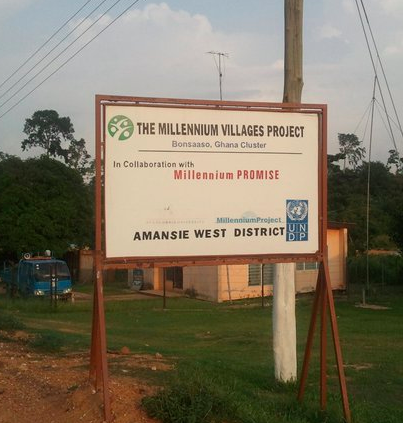The Challenge: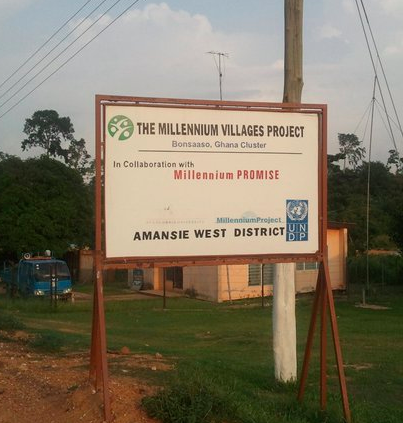
The Challenge:
The Millennium Villages Project (MVP) is an integrated and community-led rural development program that seeks to achieve the Millennium Development Goals by 2015. There are more than a dozen sites across ten Sub-Saharan African countries. At each of these sites, there are five key sectors—agriculture, enterprise, education, infrastructure and health. Local health teams are comprised of numerous community- and facility-based health staff, in addition to program-specific facilitators. A health coordinator leads a health team.
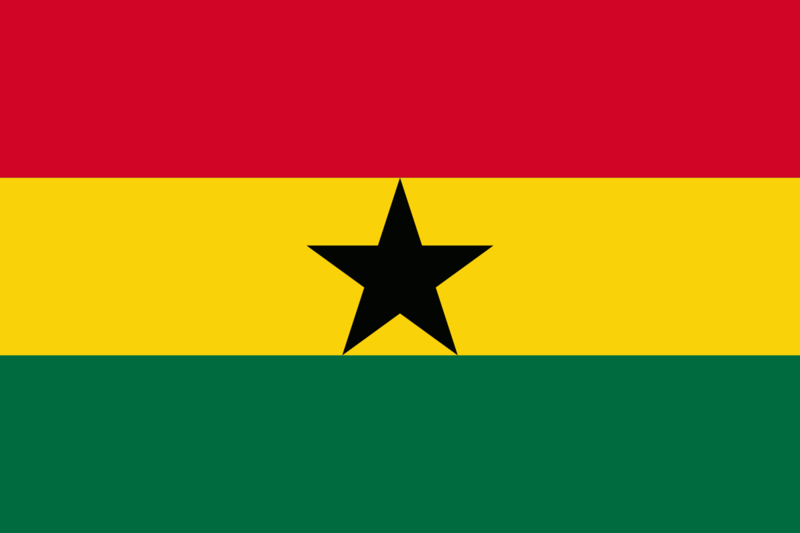
To enhance intra-site health team communication, a mobile phone closed user group (CUG) was-set up at each of the MVP sites. The CUG allows members of a specific site’s health team to communicate with one another using the voice functionality of mobile phones at no cost.
The Opportunity:
While this mobile health (mHealth) initiative was set-up with the idea that it would facilitate communication, no analysis of the CUG had been conducted to-date. Therefore, the researchers sought to assess if and how the CUG ‘disrupted’ the traditional social/communication structure. The MVP site of Bonsaaso, Ghana, was selected due to their long-standing use of the CUG. Given the need to explore social relations in a systematic manner, social network analysis (SNA) methods were identified as an innovative tool to explore the CUG social network structure juxtaposed to the traditional social structure (or health team organogram) of the same network without the CUG. The SNA was complemented with qualitative interviews, prospective call journals kept by key informants and de-identified network data.
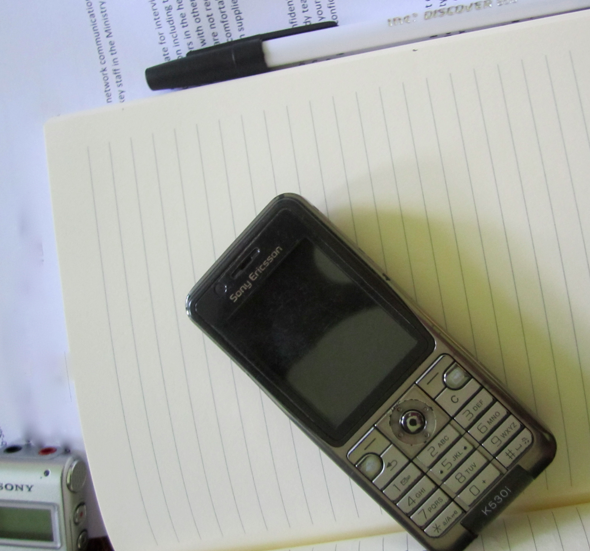 The Benefits:
The Benefits:
Using SNA methods complemented with the other components, the researchers were able to assess how the CUG ‘disrupted’ the traditional hierarchical communication structure of the organization, identify central actors in information flow within and outside of the CUG and note communication and network structure trends over time. Visual representations were further used to illustrate the network structure and its changes over time.
The traditional flow of communication was hierarchical and followed a rigorous chain of command. For example, if the health coordinator needed to communicate a message or instructions to community-based staff, the health coordinator would speak to the health facilitator overseeing the staff in question. That health facilitator would then relay the message to the community-based staff. However, with the introduction of the CUG, the traditional flow was bypassed and more direct communications have resulted. Now, the community-based staff reaches out directly to the health coordinator, bypassing the health facilitator, and vice versa.
In addition, the traditional communication flow resulted in Community Health Nurses being the most central actors. However, within the CUG network, the health team management (inclusive of the health coordinator and health facilitators) have been identified as the most central actors.
Based on the findings, the study illustrates how SNA methods and de-identified mobile phone data can be used to assess other CUG or mobile phone networks as a management and public health tool. Hopefully, such methods can be used to further contribute to the mHealth evidence base. The study is published in the Journal of Medical Internet Research.
Please watch the accompanying video interview of Nadi Kaonga.
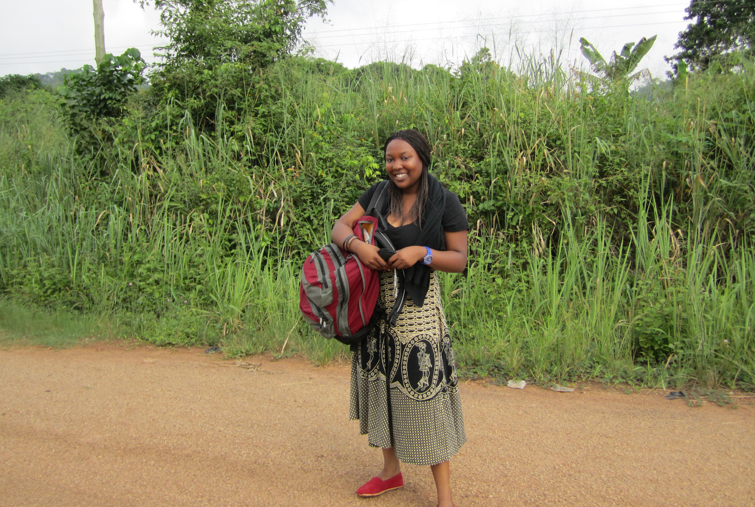
To learn more about this project, please contact Nadi at @nkaonga.
Affiliated Organizations:
* Global mHealth Initiative at the Johns Hopkins University
* Center for Global Health and Economic Development at the Earth Institute, Columbia University
* Millennium Villages Project site in Bonsaaso, Ghana
To read other posts in this exclusive ongoing series, please visit the Mobile Health Around the Globe main page. And if you have a Mobile Health Around the Globe story to tell, please post a comment below or email me at joan@socialmediatoday.com Thanks!

